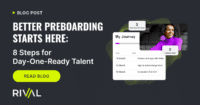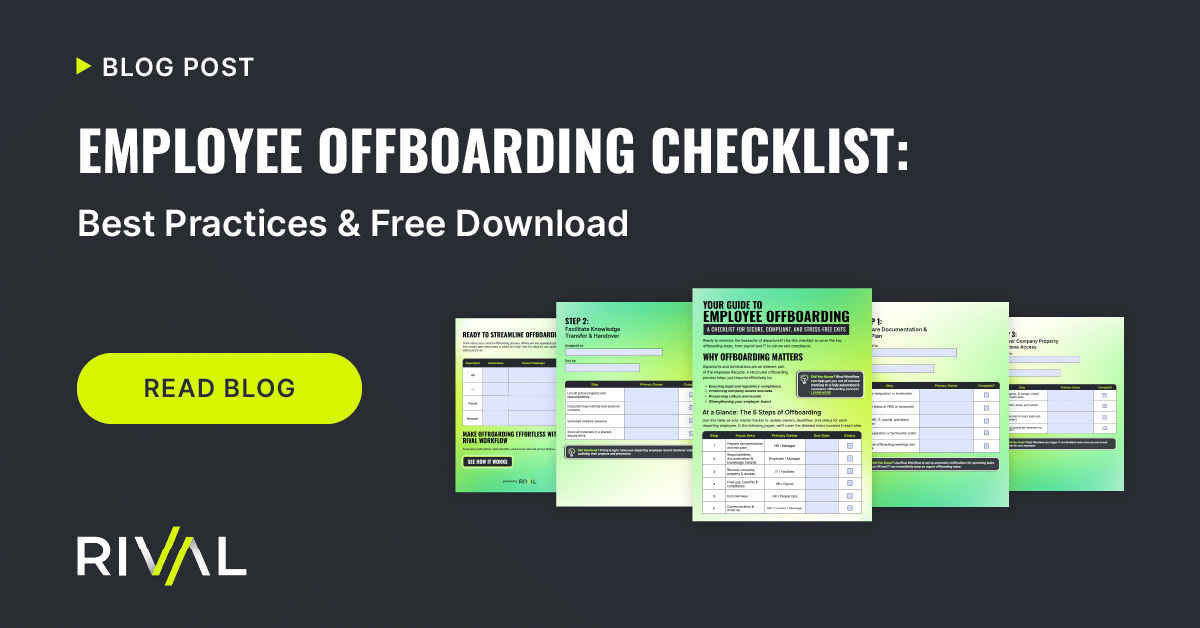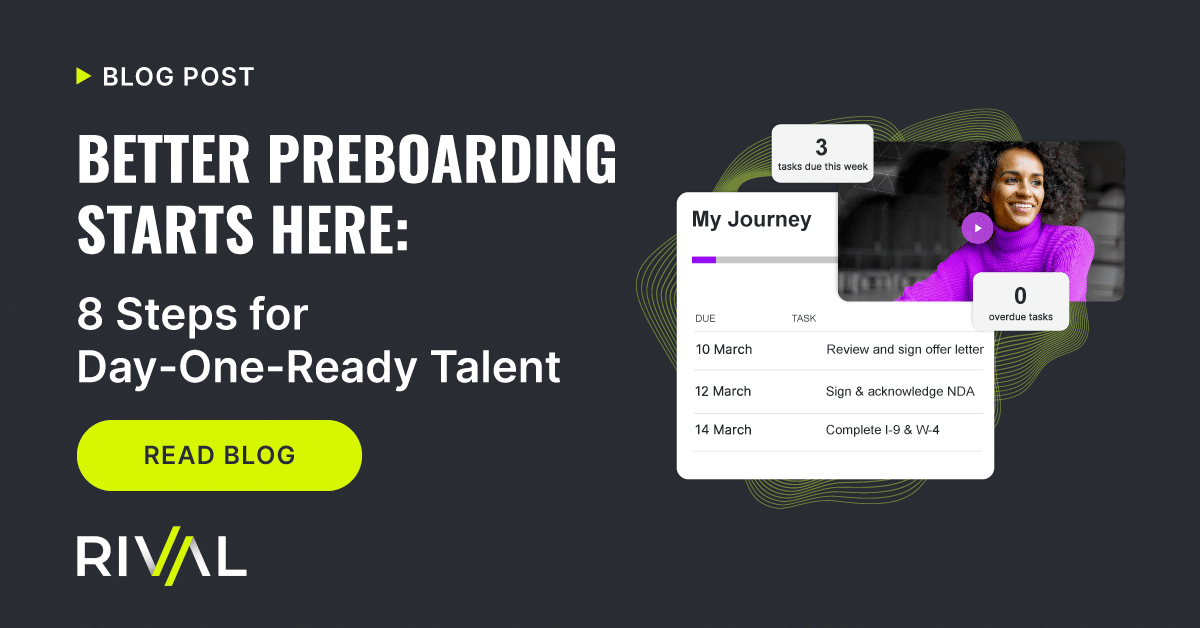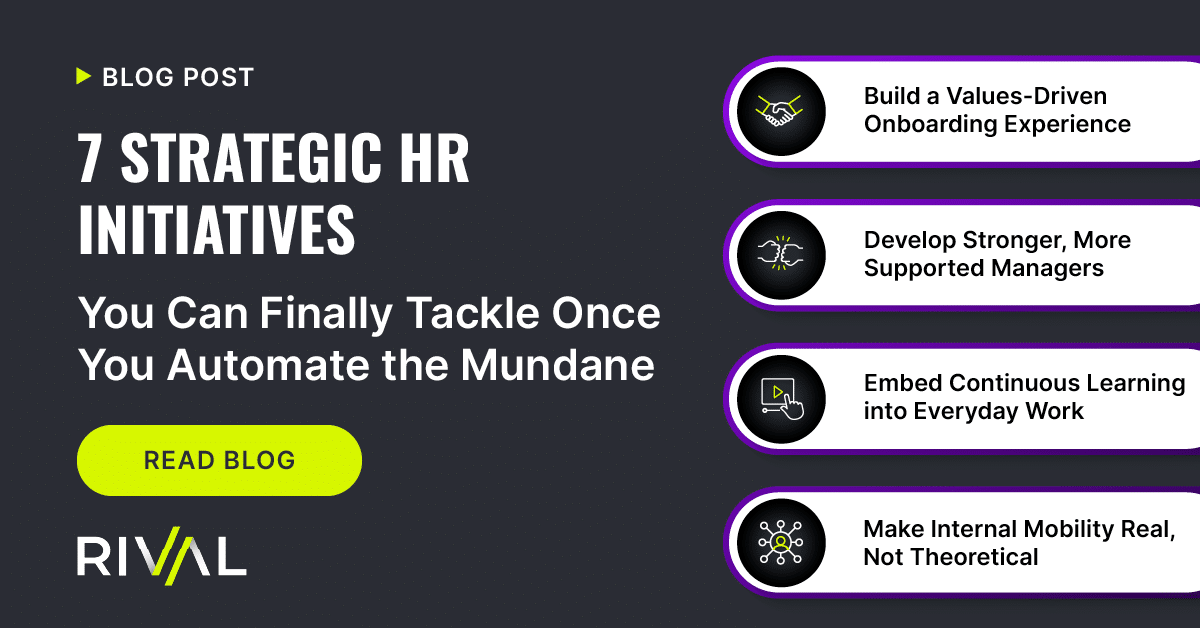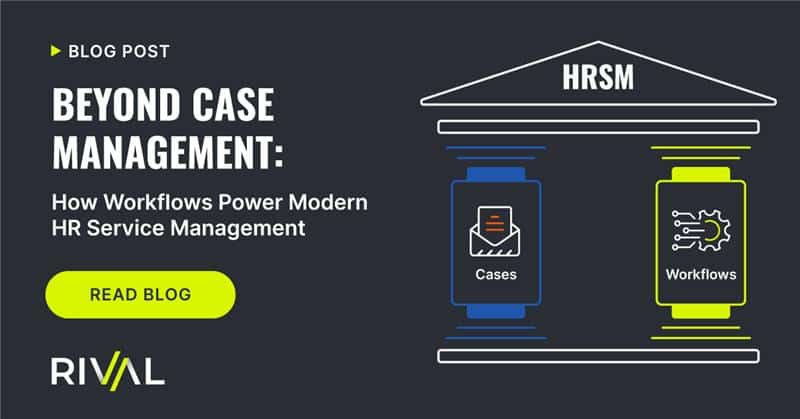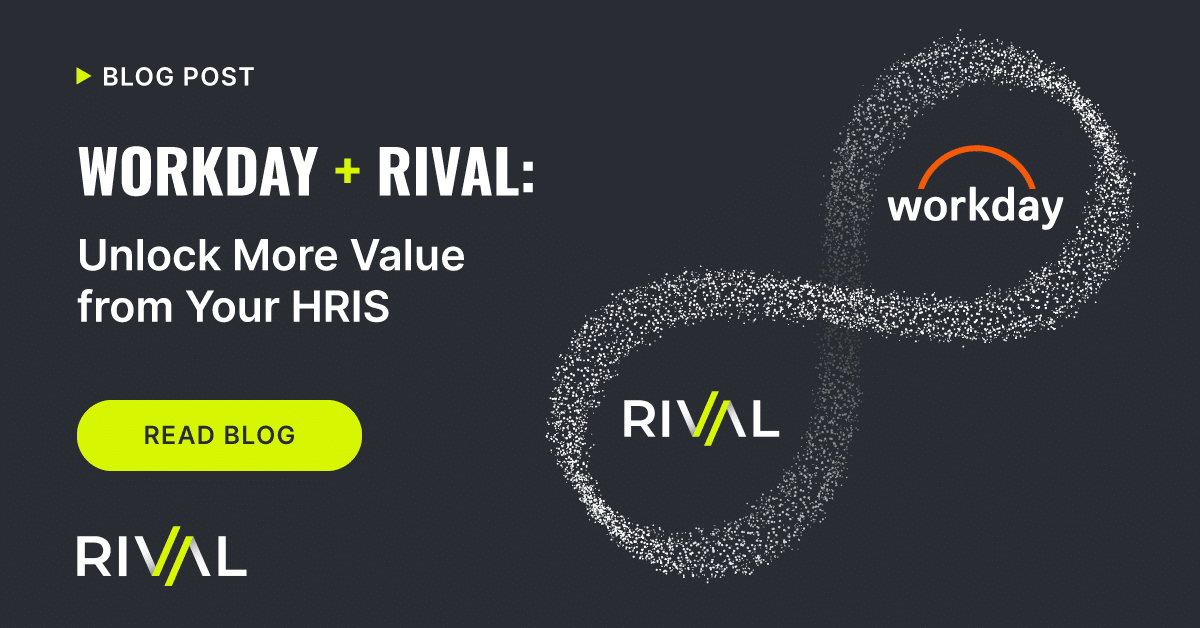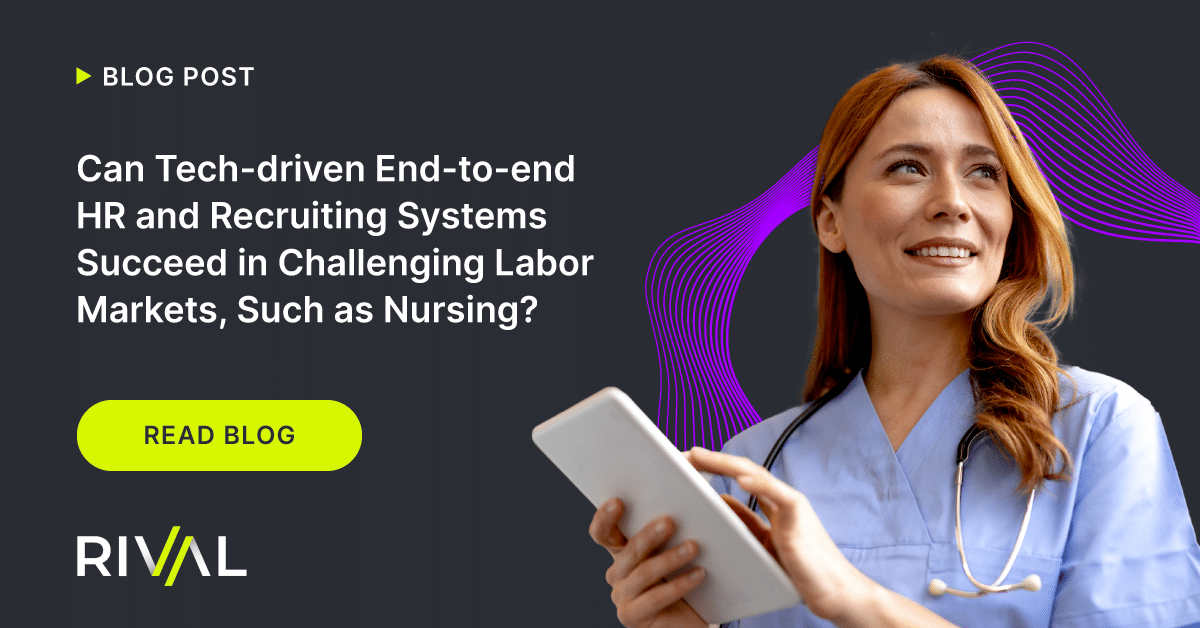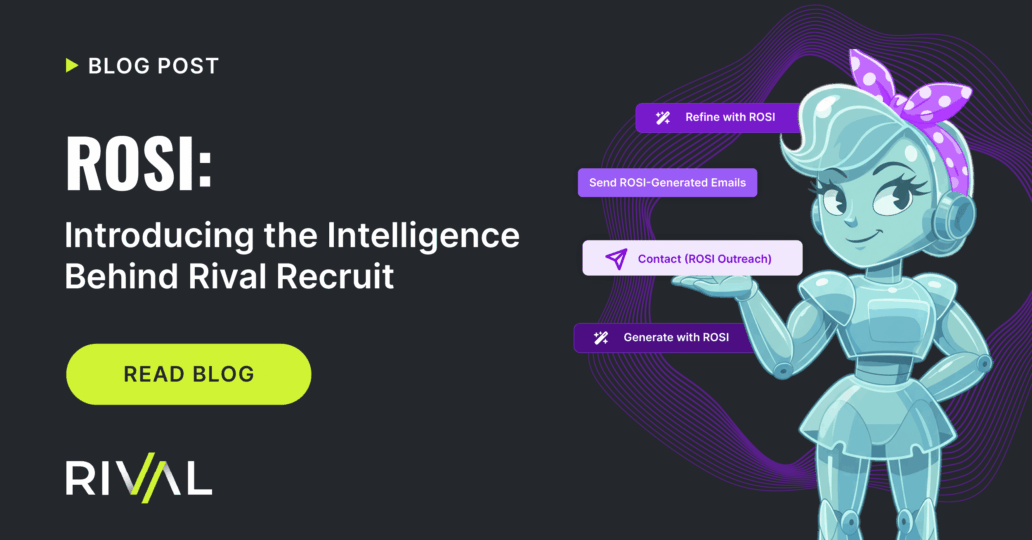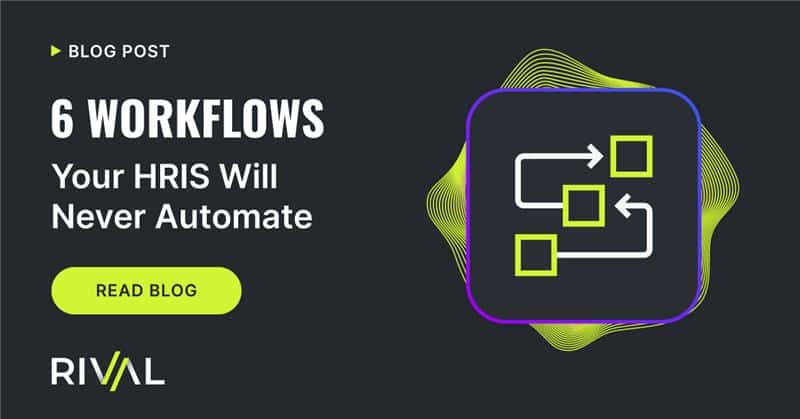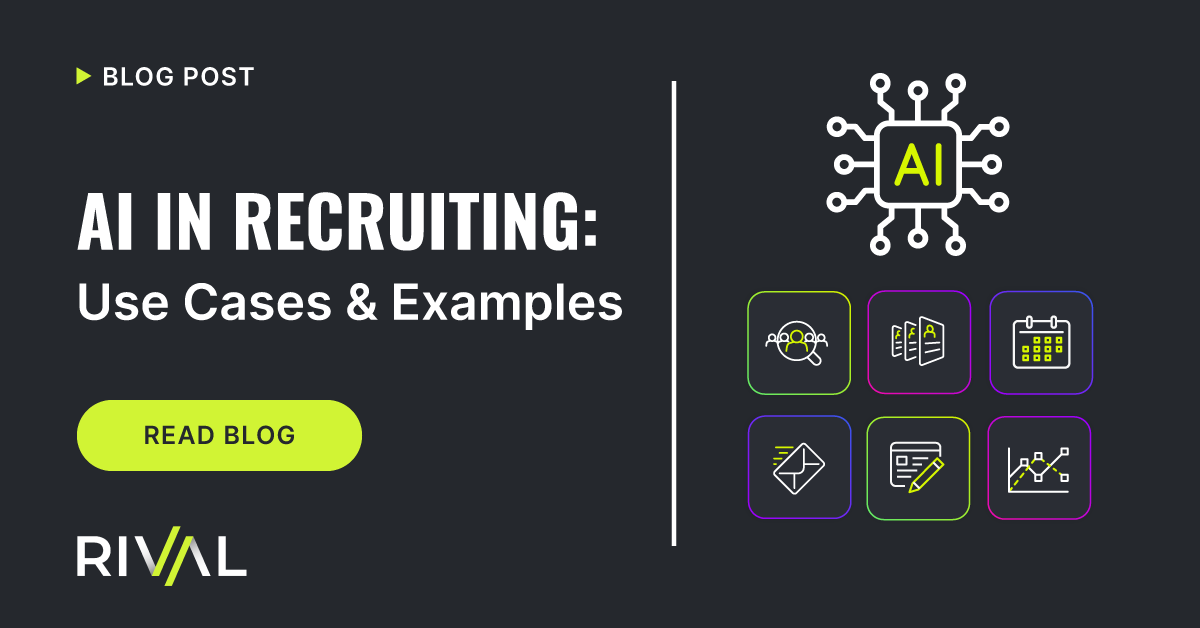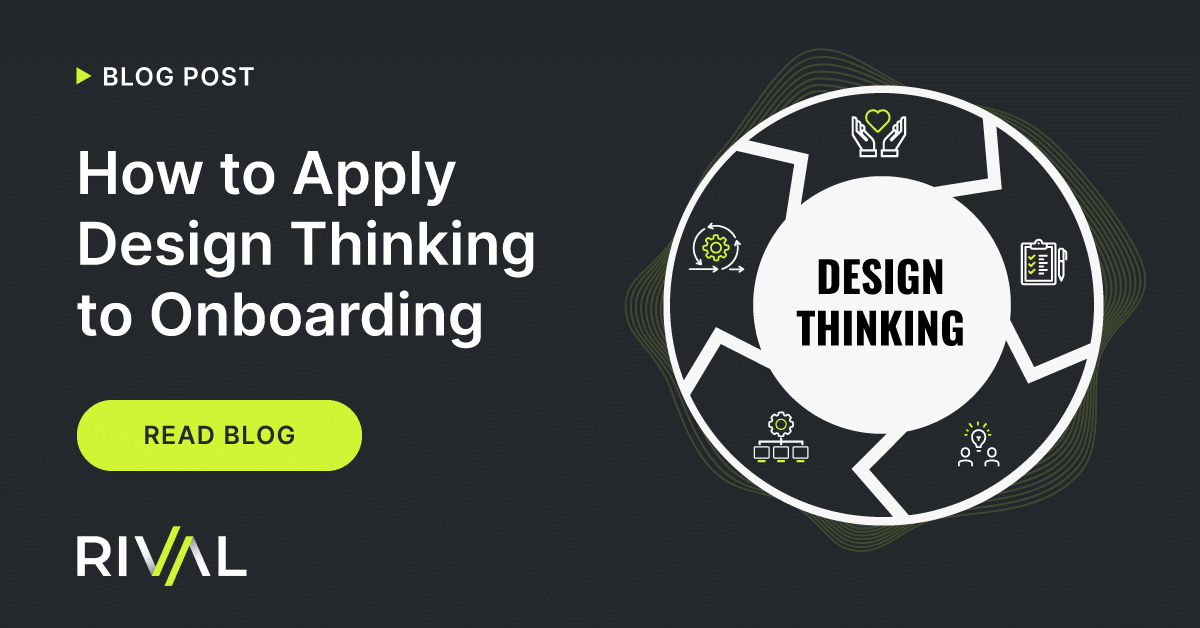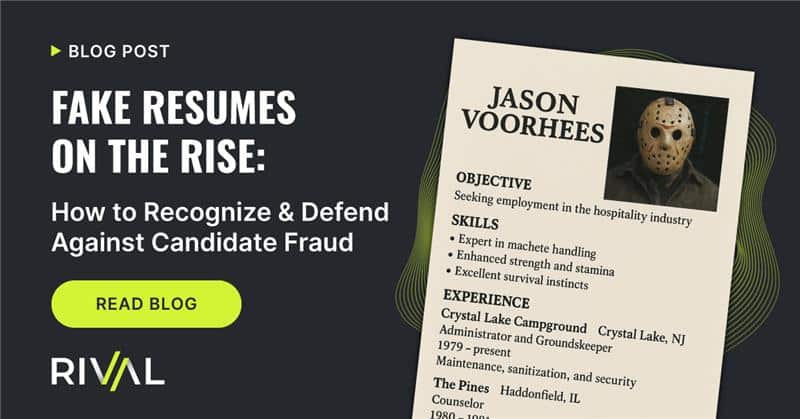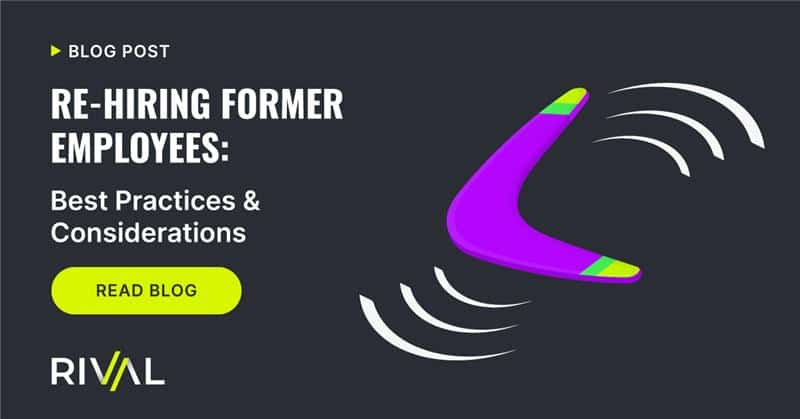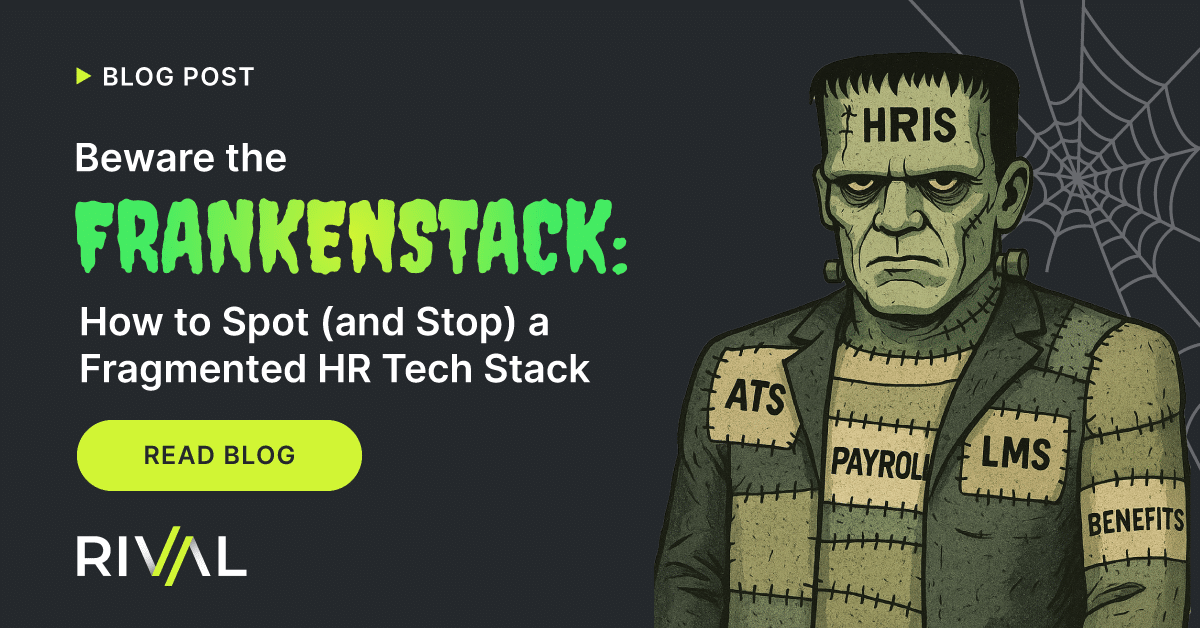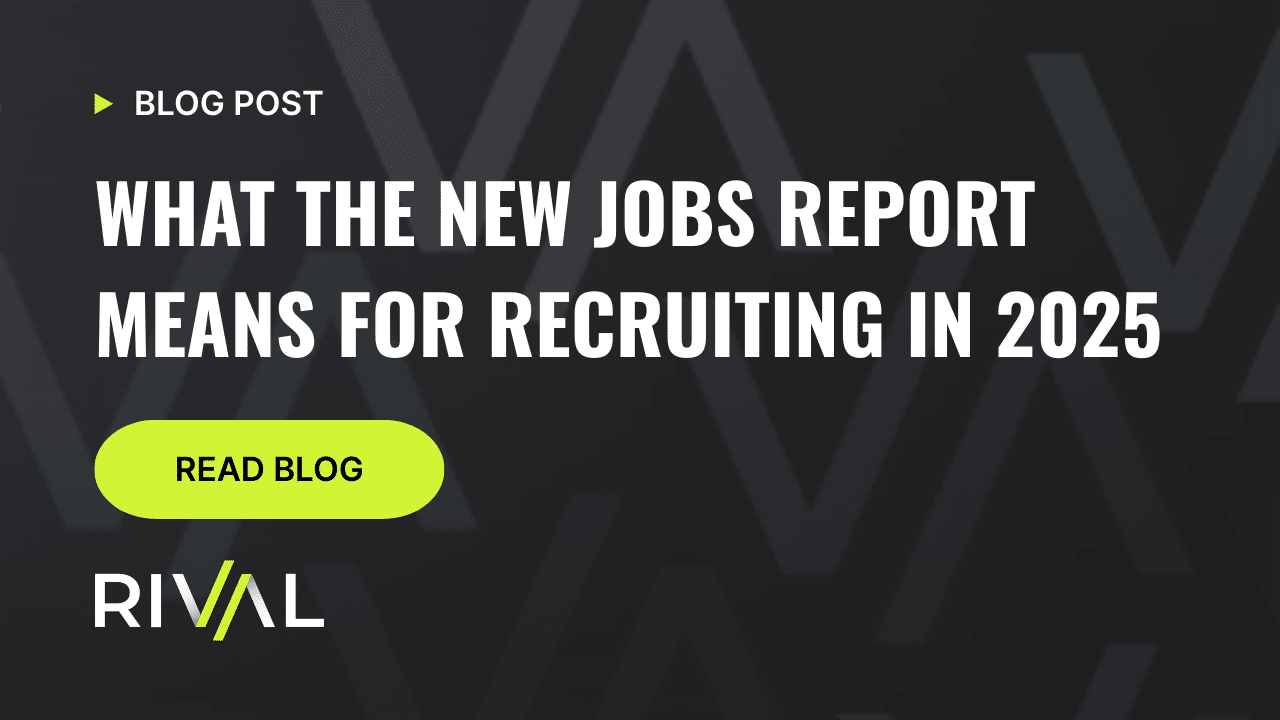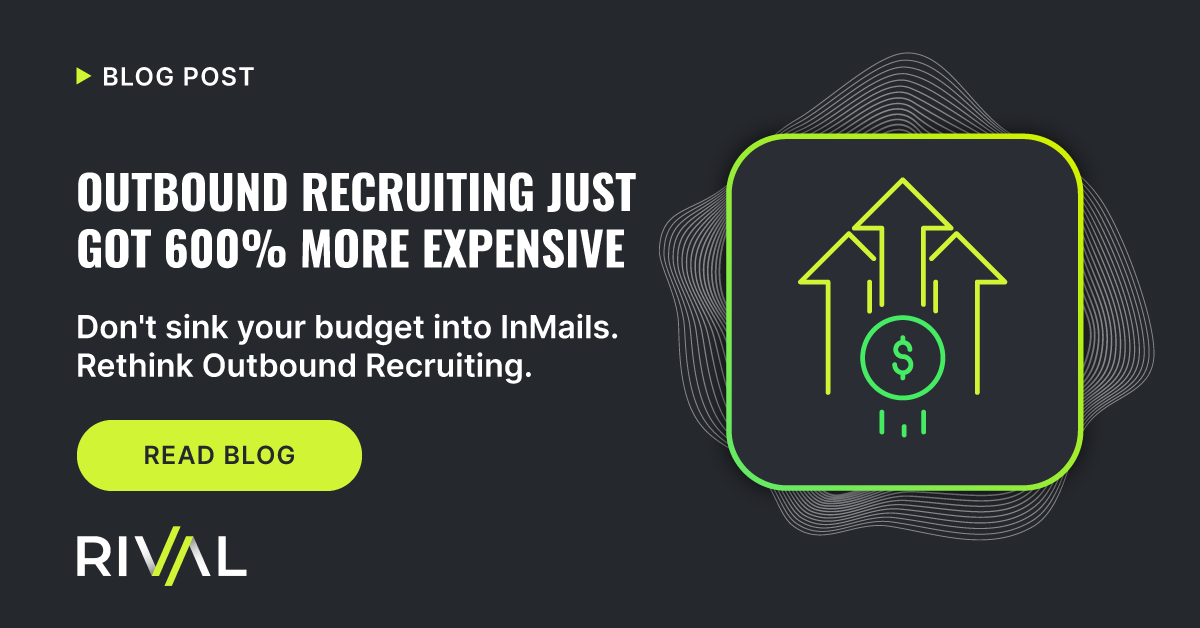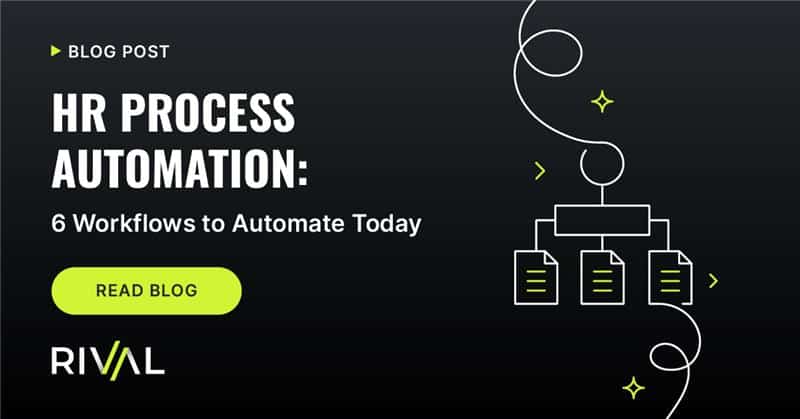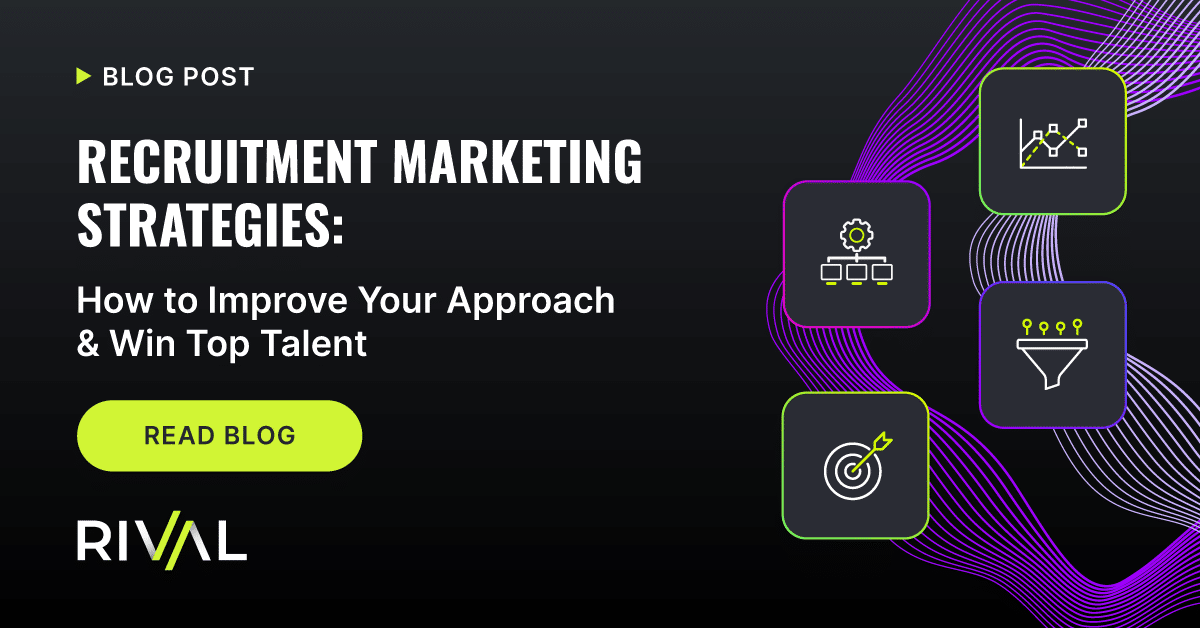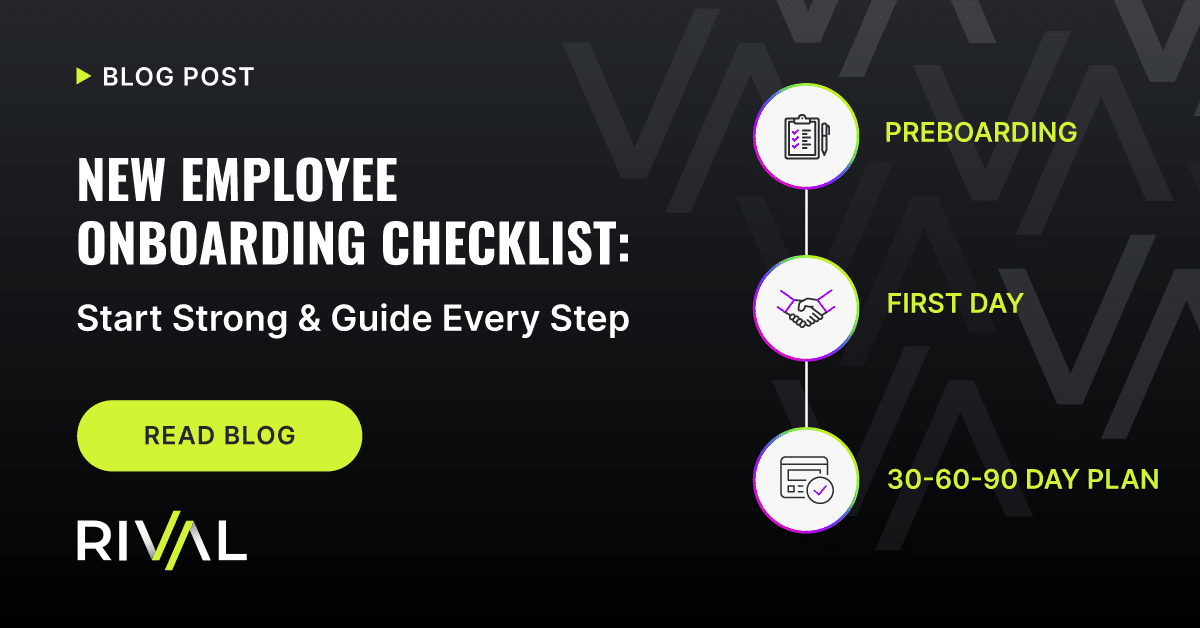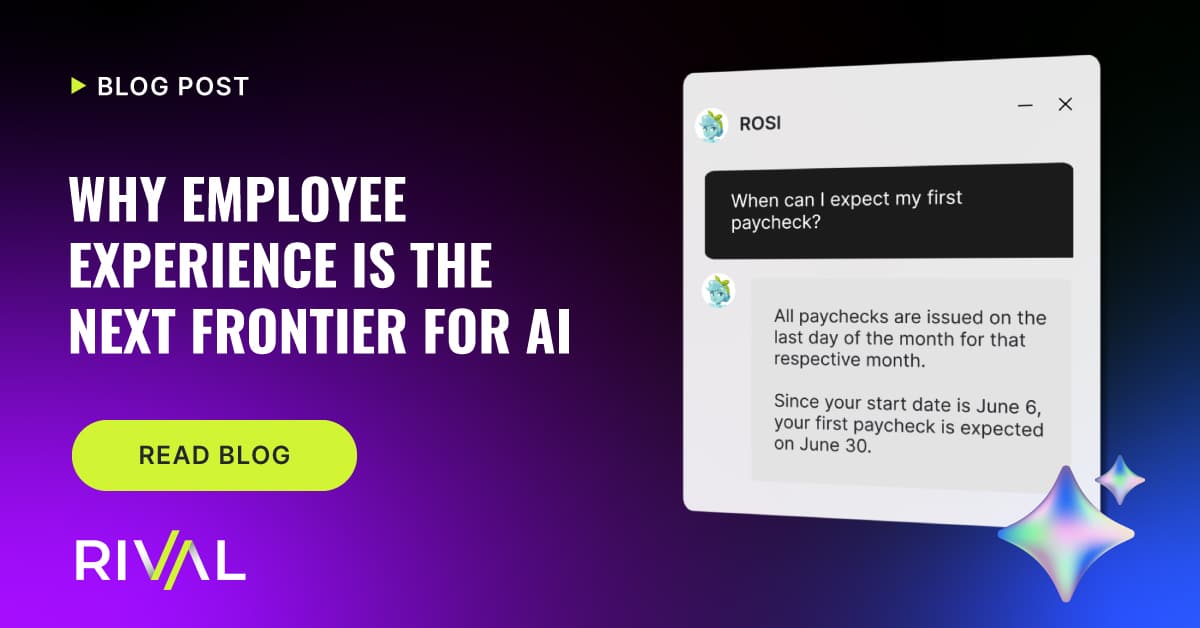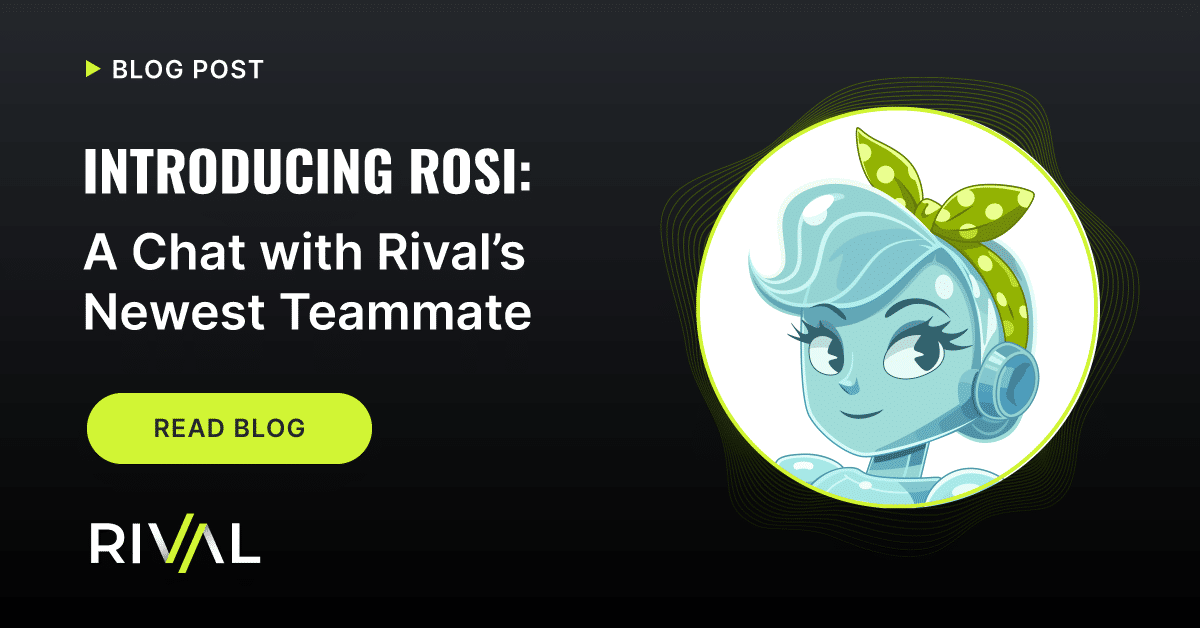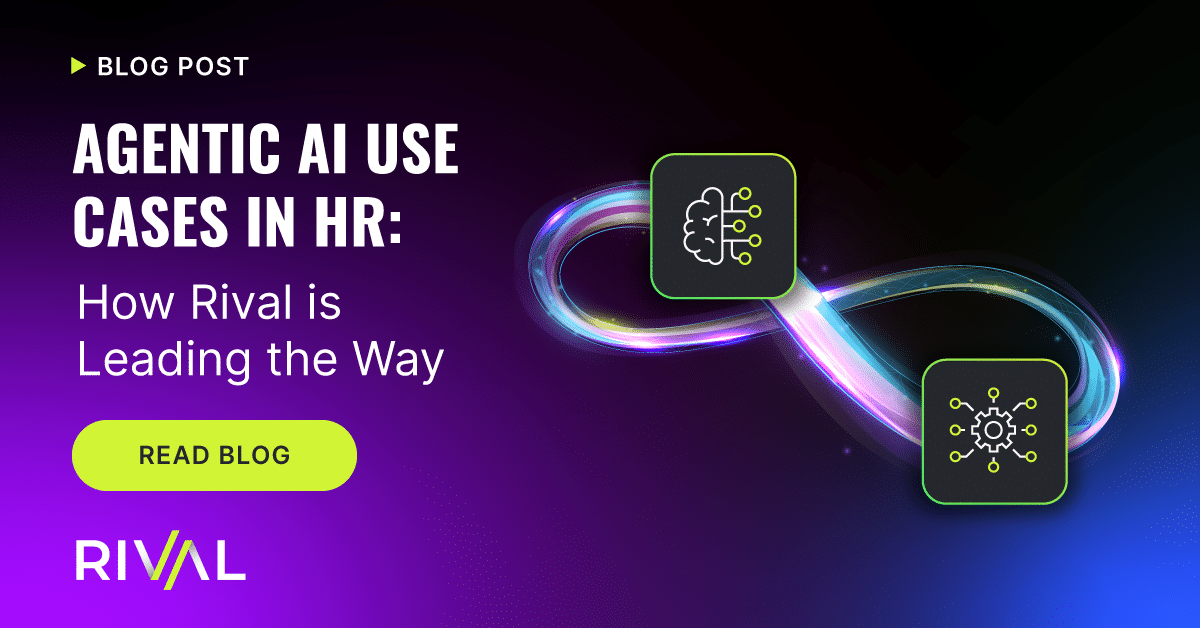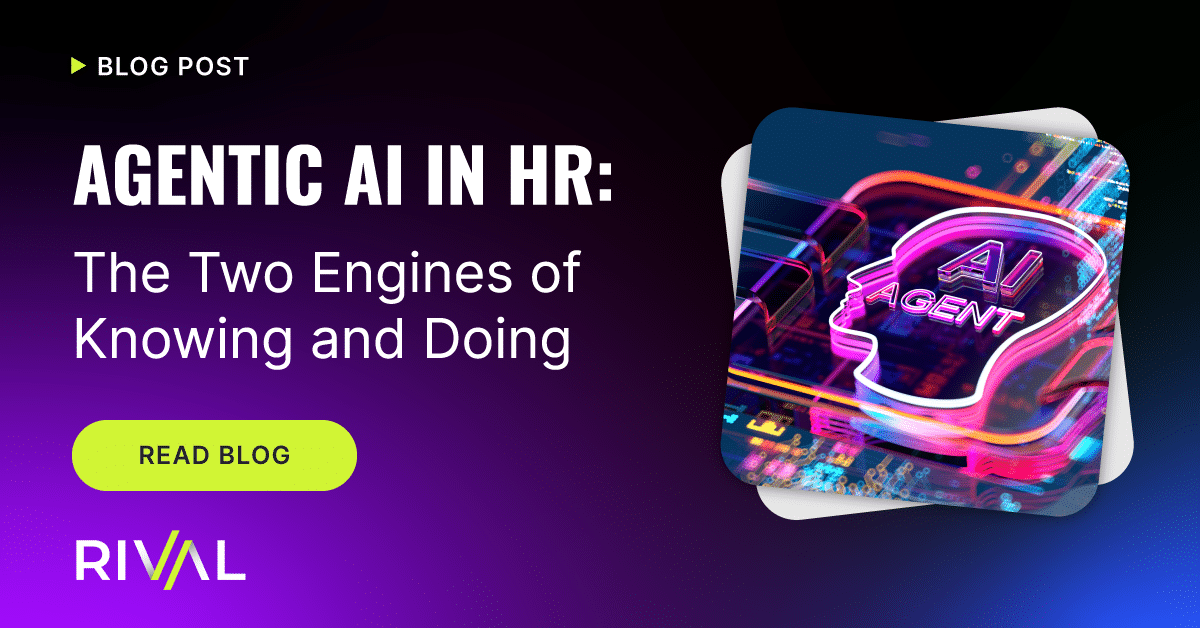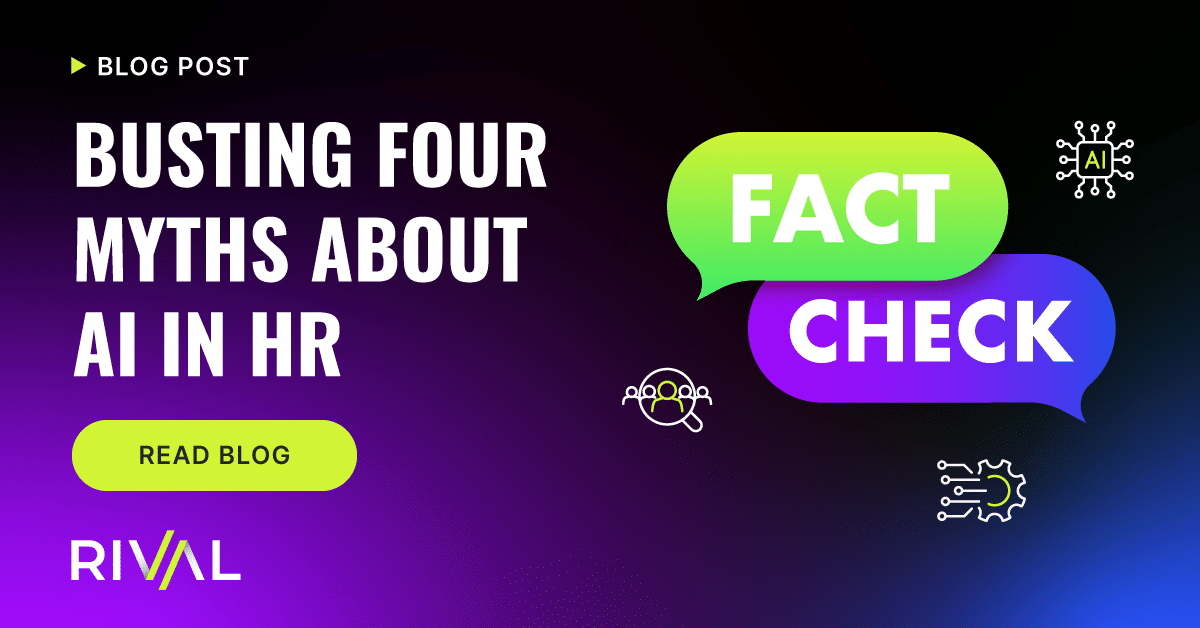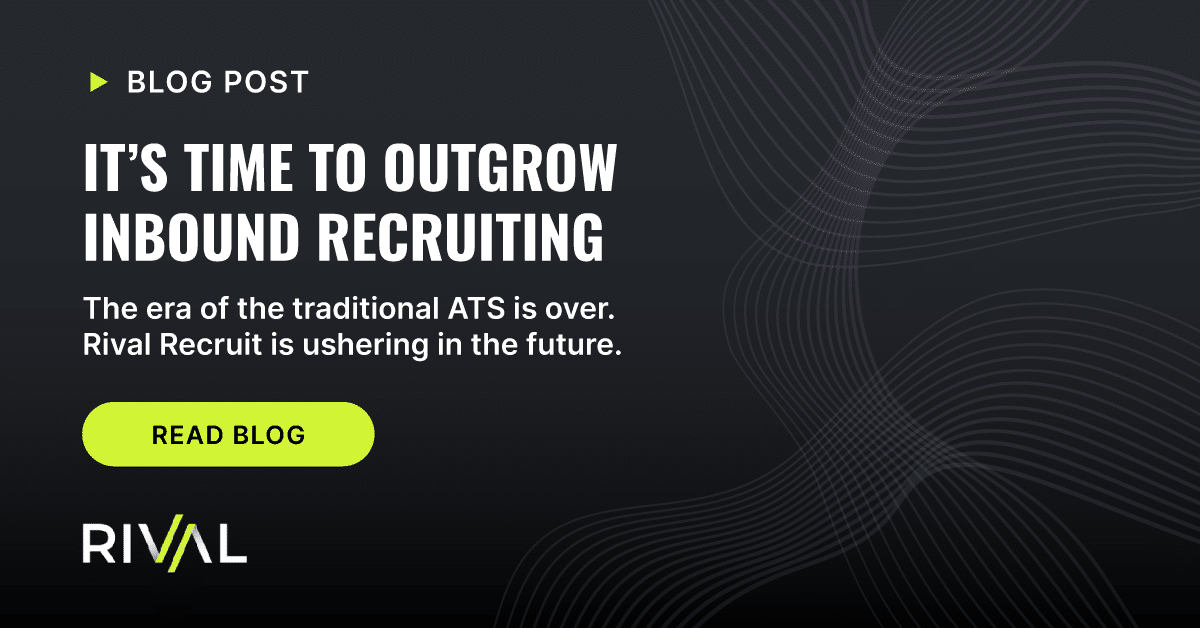FEATURED ARTICLE
Better Preboarding Starts Here: 8 Steps for Day-One-Ready Talent
Discover the preboarding process that helps new hires feel ready, connected, and confident from day one.
FILTER BY
CATEGORY
 Onboarding
OnboardingOnboarding Seasonal Employees: How to Deliver Day-One Productivity Without Burnout or Bottlenecks
- General HR | HR Workflow
7 Strategic HR Initiatives You Can Finally Tackle Once You Automate the Mundane
- Employee Experience | HR Workflow
Beyond Case Management: How Workflows Can Power Modern HR Service Management
- HR Technology | HR Workflow
UKG + Rival: Turn Workforce Management into a Full Employee Experience
- Talent Acquisition
Tech to the Rescue: How Automation is Slashing Attrition and Transforming Healthcare HR
- Talent Acquisition
Fake Resumes on the Rise: How to Recognize & Defend Against Candidate Fraud
- Talent Acquisition
Recruitment Marketing Strategies: How to Improve Your Approach & Win Top Talent
- AI in HR | General HR
Agentic AI Use Cases in HR: Why Employee Experience Is the Next Frontier for AI
Talk to an expert
Rival goes beyond traditional talent management to help our clients find, launch, and develop the best talent for their business


















